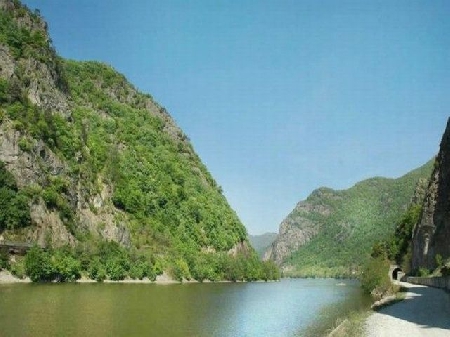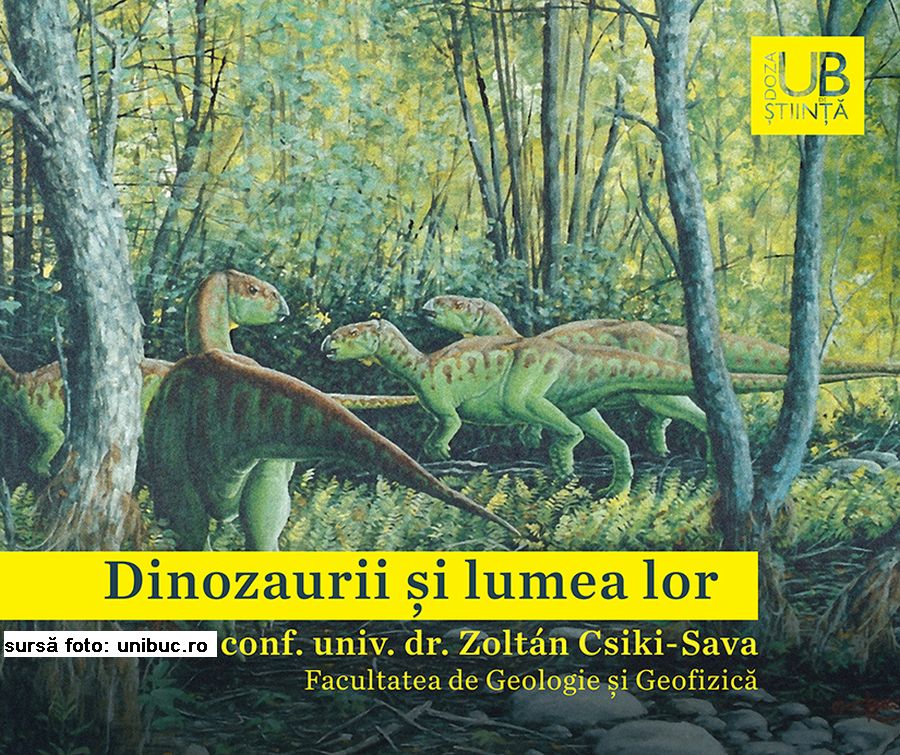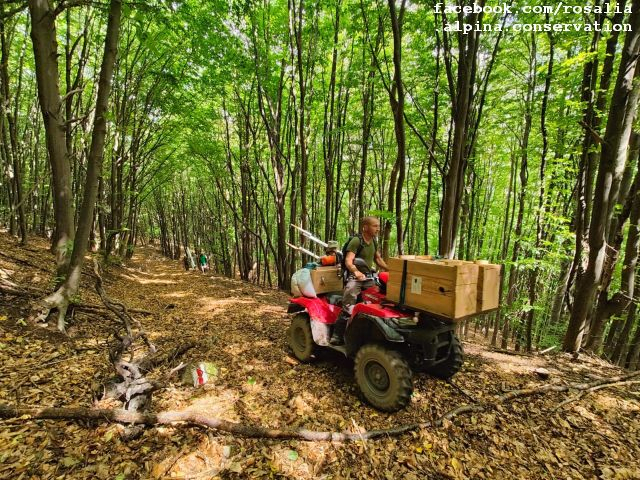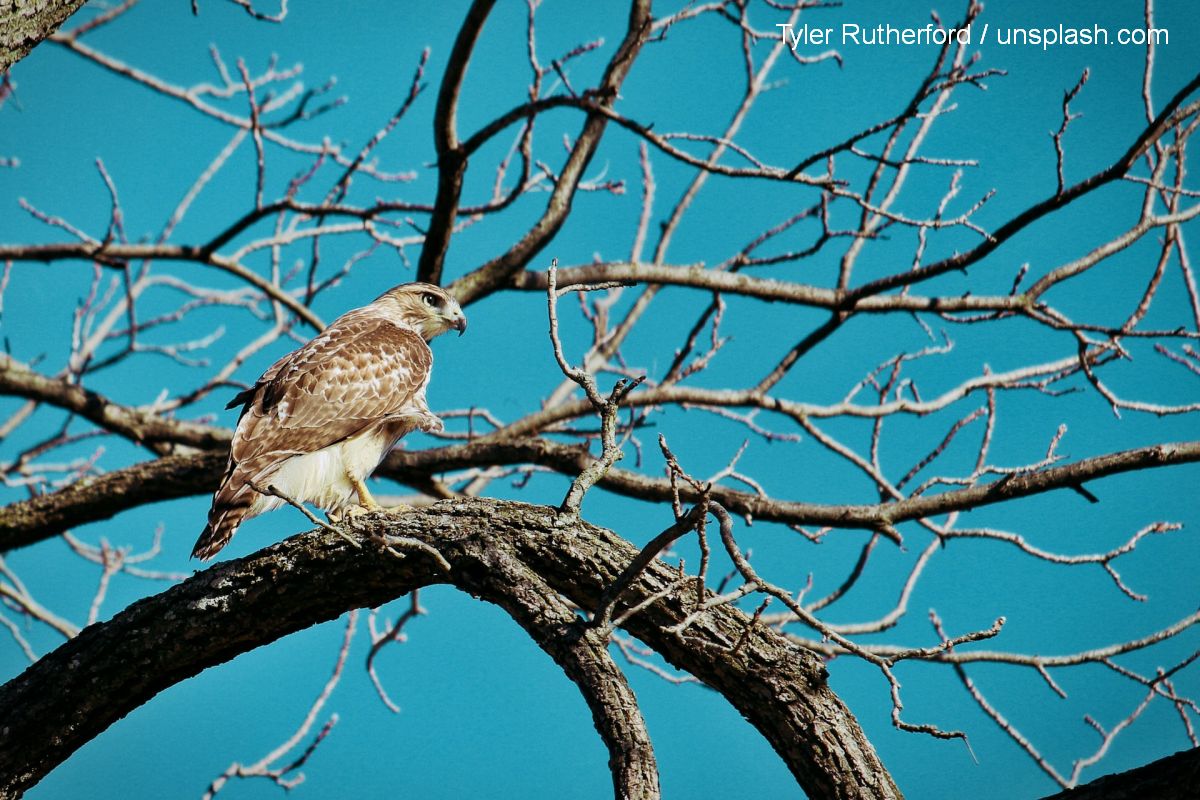Cozia National Park
The Cozia National Park is a genuine museum of ecosystems unaltered by human intervention.

România Internațional, 30.08.2013, 14:21
The Cozia National Park spans more than 17,000 hectares in the south central part of the Southern Carpathians, on either side of the Olt River. This nature reserve is a veritable museum of ecosystems unaltered by human intervention, while the gorges of the river Olt amaze with their waters, greenery and steep, imposing slopes. Here we can find some of the most amazing mountain plants, rare plants endemic to this area, reason for which experts have named this area ‘the flower park’. It was designated a National Park in 1990, the most recently designated such area. Around 7000 hectares of it are dedicated to scientific research. Pavel Prundurel, director of the park, told us what we can expect to encounter when visiting the area:
“The first thing is the veritable carpeting of flowers, the multitude of fantastic flowers, unique in their scent and hue: the edelweiss, the gladiola, the orchids, the forest lily, and many more. You can find gems in the Cozia National Park, it is a wonderful landscape. Many people know the Olt Gorges from their motor trips, or their treks, and everyone is thoroughly impressed by the craggy slopes, arranged by nature as if to be admired. We also have a lot of marked trails, if you choose to go deeper into the forests of the park, and there you can find even more impressive sights.”
The management of the Cozia National Park has been running for a few years now projects under the Environmental Operational Sectoral Program. That is because the Carpathian eco-region is endangered due to excessive woodcutting, excessive hunting of large mammals or the destruction of habitats caused by expanding infrastructure. One of the projects is aimed at protecting birds, because the gorges of the Olt river is a migration corridor from Central Europe to the Aegean Sea. Over 65 species of birds find shelter here, and some even spend their winter here. Here is Pavel Prundurel once again:
“One initial project was destined for wild birds in the Cozia National Park. At the center of activities was the wish to get to know these species. We monitor the protection lists, and we found 23 species of birds protected by the EU directive aimed at birds. In addition to protecting wild birds, we gathered new observation equipment, we ran studies, we also published guides for the public at large, for scientists, for museums, for education institutions, etc. This has been a beautiful project, which we wanted to make into an educational project.”
Let us not forget the fauna in the park, with chamois and lynxes. On the sunny crags you sometimes see adders, protected by law for their rarity, and under the fallen foliage you may also find scorpions, a Mediterranean species. Back at the microphone is Pavel Prundurel:
: “Another project of ours was aimed at monitoring and preserving the lynx. We dared tackle this incredibly difficult issue because the conduct in monitoring and indexing supposes friendly techniques. You are not allowed to bother the animals, you cannot provoke them, you have to capture them without hurting them. We managed to carry out this activity successfully, we put GPS collars on them, and now we have a real map of their behavior and movements. In addition to the project, we managed to develop an entire infrastructure. We also have a very interesting and modern center for visitors.”
The brown bear has been a constant presence in Romania since times immemorial. Until two centuries ago it was roaming free in most areas. Starting then, however, as farming expanded, it was chased or hunted away from the plains, finding refuge in the mountains. The numbers have been growing of late, and now Romania has the largest population of bears in Europe after Russia. The Cozia National Park has brought its contribution to the effort, and Pavel Prundurel told us about it:
“One other project of ours involves protecting and monitoring the Carpathian brown bear. We know that Romania is a shelter for European large carnivores, and they reside here in large numbers. The project ends on the last day of 2013. We have already put GPS collars on two bears, and have mapped their activities, and we also ran genetic studies which tell us about the health of the population and the way they relate to each other.”
Last week, 35 national and natural parks from 5 Carpathian countries, Hungary, Romania, Serbia, Slovakia and the Ukraine, celebrated the natural diversity of protected areas in the Carpathians, where you can find the last of wild areas in Europe. Romania has 28 national and natural parks where you can find the most valuable ecosystems in terms of biodiversity. You can revisit this feature on our website, rri.ro.






























